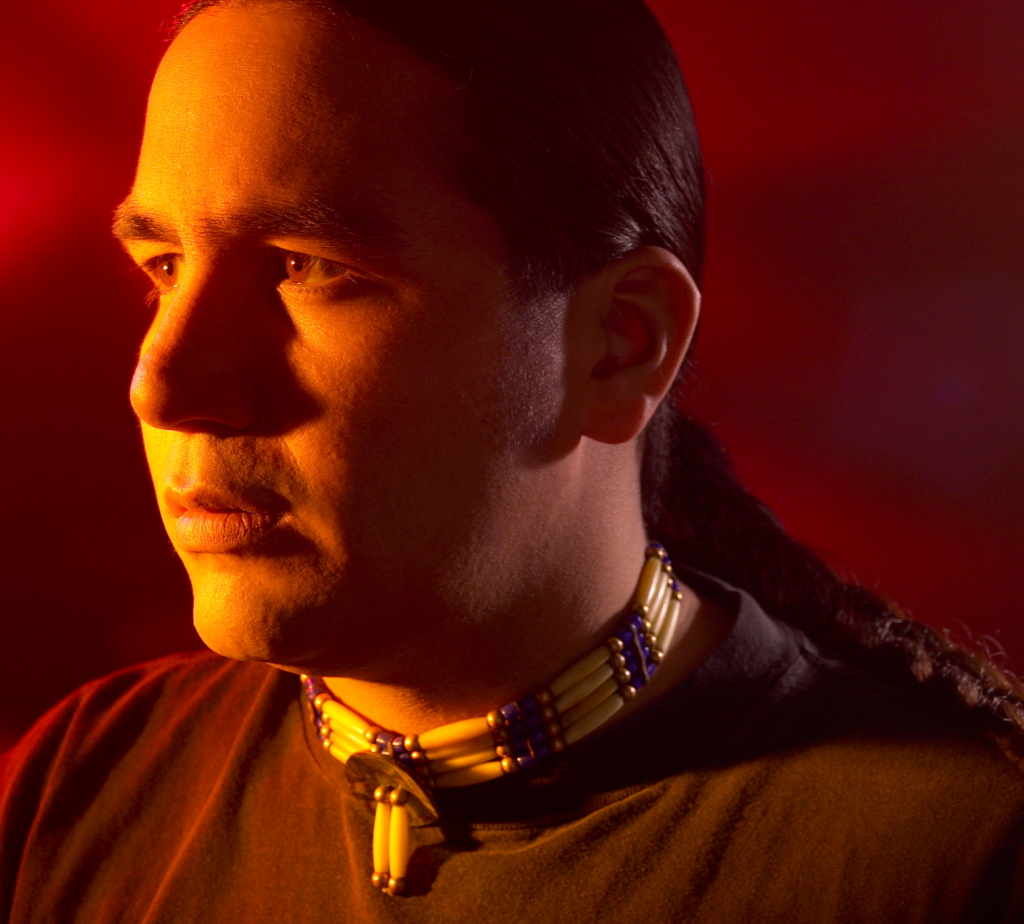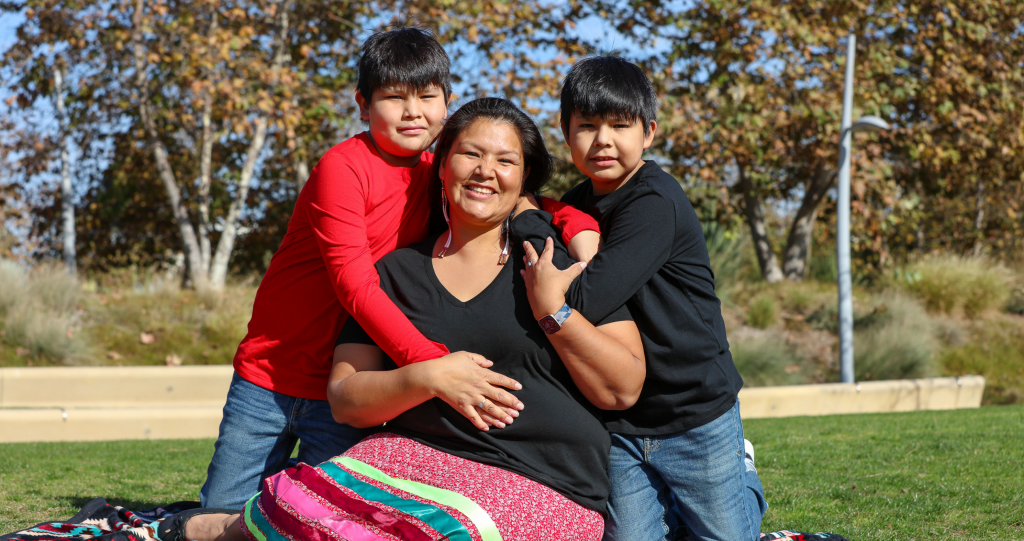Factors Affecting Native Americans Care Delivery
Although health care is a legal right of members of federally recognized Tribes, Native Americans still have persistent disparities in health status and access to services. They suffer from higher rates of illness, substance use problems, and mental distress compared to other populations in the United States (Willging et al., 2018). Similarly, violence against women and girls is a significant problem in Native American communities (Satter et al., 2021). Poverty is the root of many of these health disparities that create increased stress and trauma.

Native Americans are less likely to seek healthcare services due to poverty (Blue Bird Jernigan, D’Amico, Duran, & Buchwald, 2020). According to the U.S. Census Bureau, approximately 28.3% of Native Americans lived in poverty compared with 15.5% for all Americans in 2014 (Blue Bird Jernigan et al., 2020; U.S. Census Bureau, 2015). At the same time, Native Americans are significantly less likely to have health insurance coverage and often live in rural areas or on reservations, where access to health care is more difficult (Willging et al., 2018).
Furthermore, Native Americans are less likely to see a medical doctor or have a usual source of health care compared to non-Hispanic whites (Adakai et al., 2018). Despite the common belief that the Indian Health Service (IHS) will fully address Native Americans’ health-related needs, gaps in insurance adversely affect access to health care for Native Americans and thus their overall health status. This is largely due to the fact that the IHS is severely and chronically underfunded. Annual per capita spending on health care directly through IHS is $3,099, whereas for the general population the figure is $8,097 (Willging et al., 2018). In addition, the location of IHS facilities is another crucial issue in maintaining Native Americans’ health. IHS facilities are usually located in remote areas on Indian reservations. When Native American populations move out of the areas seeking jobs or higher education, they lose access to the facilities, which results in limited healthcare access for the Native Americans (Adakai et al., 2018; Nahian & Jouk, 2021). Additionally, access to health care services is only available at federal hospitals and clinics operated or funded by IHS and might not ensure that Native Americans have ready access to health interventions or coverage to see non-IHS providers (Adakai et al., 2018).

Studies have highlighted additional barriers preventing Native Americans from accessing providers, including long wait times, travel time to an IHS facility, and lack of or limited access to transportation, culturally and linguistically appropriate providers, a full range of services, preventive care, screening, and early treatment for health conditions (Adakai et al., 2018; Nahian & Jouk, 2021; Noe, Kaufman, Kaufmann, Brooks, & Shore, 2014)).
In addition to these barriers, members of this group are also likely to lack opportunities to pursue higher education, leading to lower quality of life. Lack of higher education provides a barrier to the population from attaining high-paying jobs, therefore, immobilizing progress and causing unemployment. The 2017 Behavioral Risk Factor Surveillance System survey data indicate lower levels of educational attainment and income, and higher levels of unemployment among Native Americans compared with those among whites and others, indicative of the disadvantages faced by Native Americans. Researchers found that those who lack higher education are likely to lack the knowledge to make informed decisions about health care. (Adakai et al., 2018; Blue Bird Jernigan et al., 2021). Factors such as the legacy of slavery, social exclusion, structural segregation, and racism directly influence the lives of Native Americans (Blue Bird Jernigan et al., 2021). For instance, the barriers of social isolation preclude some Native American women from obtaining adequate medical care including the availability of rape kits being performed by trained medical staff to aid in prosecution (Satter et al., 2021). These findings highlight the need to develop culturally competent public health approaches to eliminate these health disparities in the Native American population. Nonetheless, challenges associated with confronting social inequities, effectively working through cultural differences, increasing health literacy within the Native American population, and eliminating roadblocks that limit access to care will need to be overcome (Adakai et al., 2018; Willging et al., 2018).

Emerging Culturally Competent Interventions
- Enhanced surveillance measures at the local, state, and national level which can increase awareness about health challenges faced by the Native American population, which will be instrumental to improving health and working toward health equity (Adakai et al., 2018).
- Tribal, state, and federal entities need to work together to address disparities and facilitate access to care to improve population health and work toward health equity (Adakai et al., 2018). Funding agencies must recognize that substantial financial resources and time are needed to collaborate with tribal leaders and representatives of other sectors of tribal nations, including commerce, during the development and implementation of multilevel interventions (Blue Bird Jernigan et al., 2021).
- Gaining an awareness of the traditional lifestyle and health care beliefs of Native Americans is the first step in culturally sensitive practice, education, and research. Thus, it is crucial for practitioners to be aware of various cultural backgrounds to provide greater culturally sensitive and client-centered services (Noe et al., 2014; Willging et al., 2018). Studies also indicate that physicians with knowledge of and sensitivity to the traditions of these communities can improve the health care that is delivered (Adakai et al., 2018; Noe et al., 2014).
- In the work to end violence against Native American women, the health care settings need to offer a critical opportunity for early identification and even primary prevention of abuse. Also, longer-term housing and affordable permanent housing that goes beyond providing simply the physical structure needs to be implemented to create opportunities for battered women leaving abusive relationships to live in a community that extends safety, support, and a place to work toward reclaiming their connections with themselves and each other (Satter et al., 2021).

Conclusion
The United States has a legal obligation to ensure that high-quality health services are available to the nation’s first Americans. This article highlights important challenges that affect Native Americans care delivery and provide more evidence that improving health care resources is a necessary step toward eliminating Native Americans’ health disparities. More research is needed to clarify the health challenges affecting Native Americans and to determine the best interventions and strategies to address them.
References
Adakai, M., Sandoval-Rosario, M., Xu, F., Aseret-Manygoats, T., Allison, M., Greenlund, K. J., & Barbour, K. E. (2018). Health disparities among American Indians/Alaska Natives—Arizona, 2017. Morbidity and Mortality Weekly Report, 67(47), 1314. https://www.cdc.gov/mmwr/volumes/67/wr/mm6747a4.htm#suggestedcitation
Blue Bird Jernigan, V., D’Amico, E. J., Duran, B., & Buchwald, D. (2020). Multilevel and Community-Level Interventions with Native Americans: Challenges and Opportunities. Prevention science : the official journal of the Society for Prevention Research, 21(Suppl 1), 65–73. https://doi.org/10.1007/s11121-018-0916-3
Nahian, A., Jouk, N. (2022). Cultural Competence In Caring For American Indians and Alaska Natives. StatPearls Publishers. https://www.ncbi.nlm.nih.gov/books/NBK570619/
Noe, T. D., Kaufman, C. E., Kaufmann, L. J., Brooks, E., & Shore, J. H. (2014). Providing culturally competent services for American Indian and Alaska Native veterans to reduce health care disparities. American journal of public health, 104 Suppl 4(Suppl 4), S548–S554. https://doi.org/10.2105/AJPH.2014.302140
Satter, D. E., Mercer Kollar, L. M., Public Health Writing Group on Missing or Murdered Indigenous Persons Various Public Health Experts, & O’Gara ‘Djik Sook’, D. (2021). American Indian and Alaska Native Knowledge and Public Health for the Primary Prevention of Missing or Murdered Indigenous Persons. Department of Justice journal of federal law and practice, 69(2), 149–188.
U.S. Census Bureau. (2015, November 2). Facts for Features: American Indian and Alaska Native Heritage Month: November 2015. https://www.census.gov/newsroom/facts-for-features/2015/cb15-ff22.html
Willging, C. E., Sommerfeld, D. H., Jaramillo, E. T., Lujan, E., Bly, R. S., Debenport, E. K., Verney, S. P., & Lujan, R. (2018). “Improving Native American elder access to and use of health care through effective health system navigation”. BMC health services research, 18(1), 464. https://doi.org/10.1186/s12913-018-3182-y
